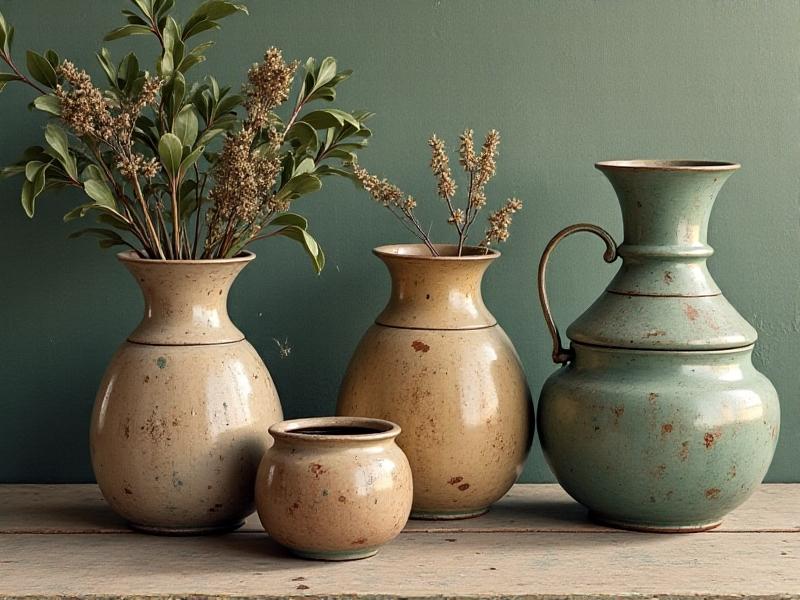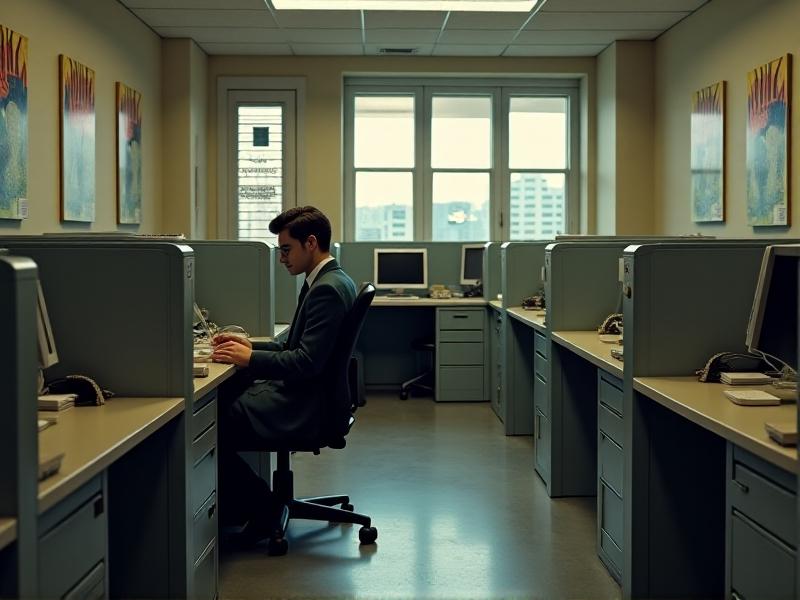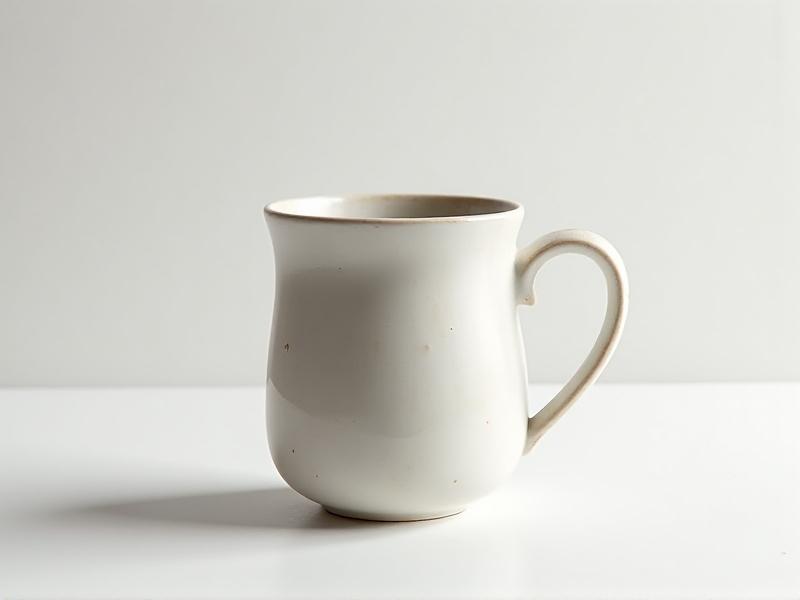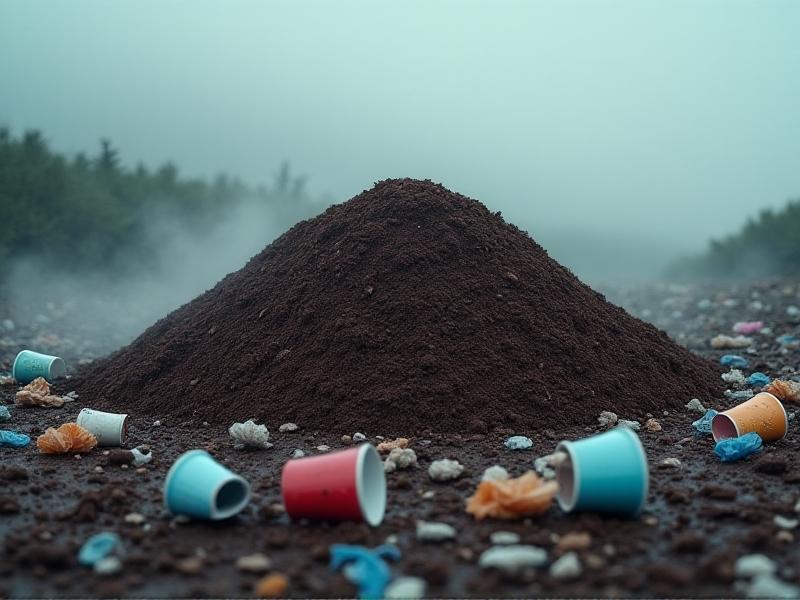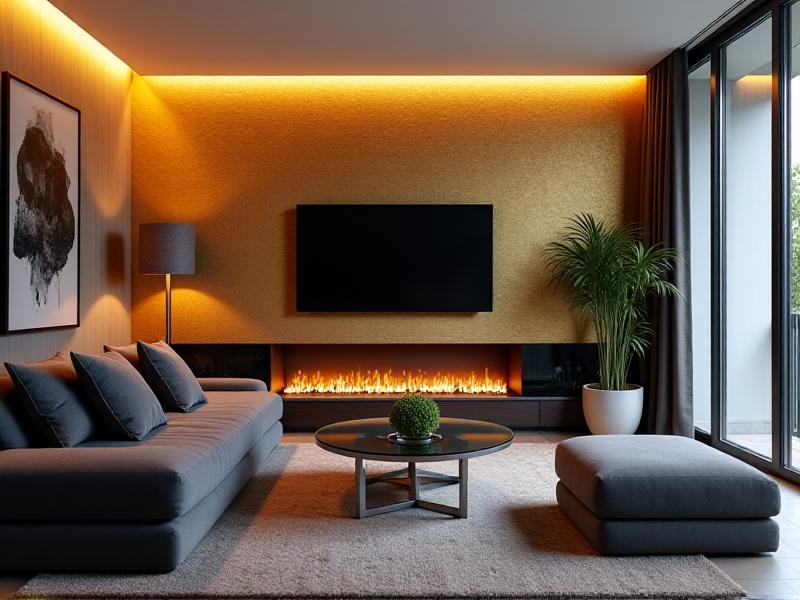The Coffee Grounds Method: Natural Wood Staining Revealed
The Coffee Grounds Method: Natural Wood Staining Revealed

Why Coffee Grounds Work as a Natural Wood Stain
Wood staining has long relied on chemical-based products, but coffee grounds offer an eco-friendly alternative. The secret lies in coffee’s tannins—natural compounds that react with wood fibers to create rich, earthy hues. When brewed or applied directly, coffee penetrates the wood’s surface, bonding with its cellular structure. This interaction produces colors ranging from warm amber to deep mahogany, depending on the wood type and coffee concentration. Unlike synthetic stains, coffee doesn’t mask the wood’s natural grain; instead, it enhances its organic character. The acidity of coffee also plays a role, gently opening the wood’s pores for better absorption. This method isn’t just sustainable—it’s a nod to historical practices where natural dyes ruled craftsmanship.
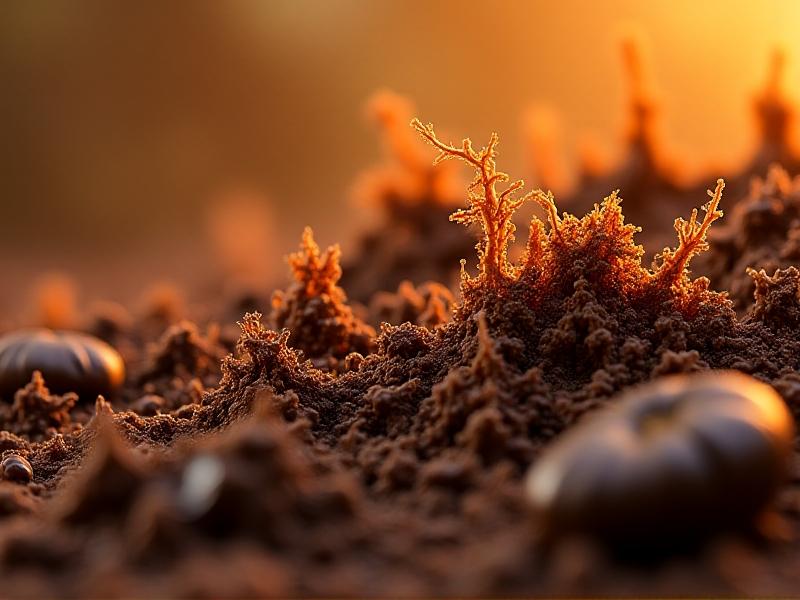
Preparing Your Coffee Grounds for Staining
Not all coffee grounds are created equal. Fresh or used grounds? Fine or coarse grind? Start by collecting used grounds—they’re free, reduce waste, and still pack tannins. Dry them thoroughly to prevent mold; spread them on a baking sheet for 24 hours. For a potent stain, simmer one cup of grounds in two cups of water for 15 minutes, then strain. Alternatively, mix dry grounds with a binder like vinegar or olive oil for a paste-like consistency. Test the mixture on scrap wood to gauge color intensity. Dark roasts yield deeper tones, while lighter roasts offer subtlety. Pro tip: Add a teaspoon of salt to stabilize the color. Proper preparation ensures even application and longevity, turning kitchen waste into a versatile staining agent.
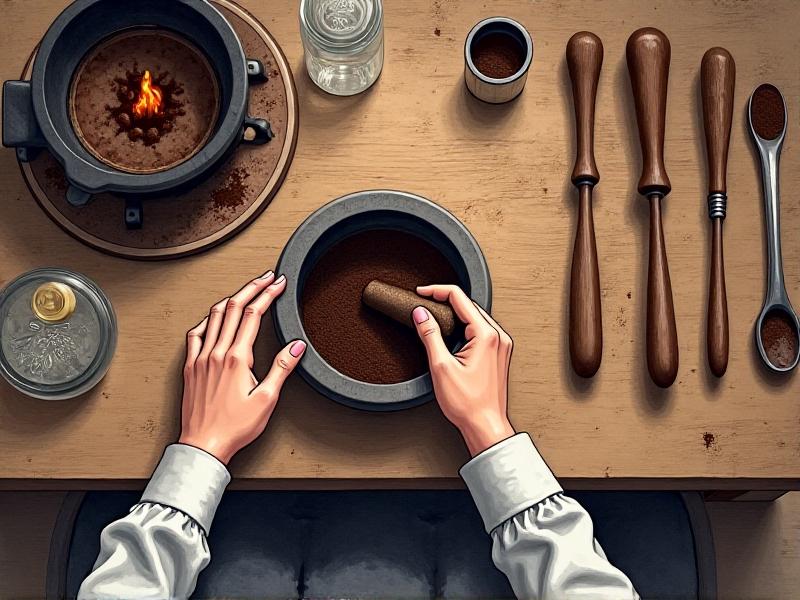
Step-by-Step Application Techniques
Begin with sanding the wood to remove imperfections and open its pores. Wipe away dust with a damp cloth. Apply brewed coffee stain using a brush, rag, or sponge, working in the direction of the grain. For bolder results, layer multiple coats, letting each dry completely. Want texture? Rub wet coffee grounds directly onto the wood, then rinse after 30 minutes. To seal the color, finish with beeswax or a natural oil. For uneven surfaces like bark-edged slabs, use a stiff-bristle brush to work the stain into crevices. Experiment with “tea staining” first on inconspicuous areas—this helps predict how the wood will age. Unlike chemical stains, coffee’s organic nature means colors may mellow over time, adding a vintage patina.
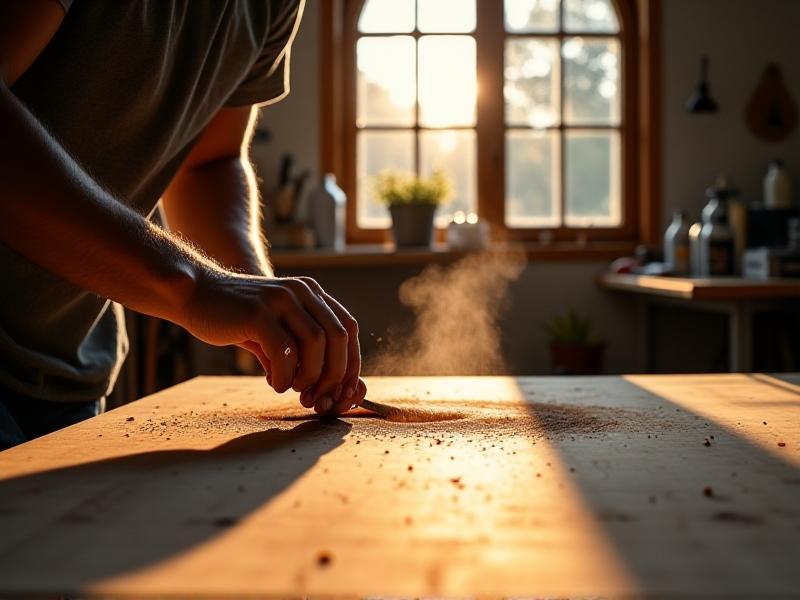
Creative Projects Enhanced by Coffee Staining
Beyond furniture, coffee staining breathes life into smaller projects. Try reviving thrift-store picture frames or creating faux antique boxes. Mix coffee with acrylic paint for watercolor-like washes on wooden signs. Pair it with citrus juice to create sun-bleached effects on outdoor decor. For artists, coffee-stained canvases or wooden panels add a sepia-toned base for paintings. Combine with tea for gradient effects—espresso at the edges fading to chamomile in the center. Parents can involve kids in staining simple birdhouses or holiday ornaments, offering a safe, non-toxic craft. Even flooring isn’t off-limits: dilute the stain for wide-plank hardwood floors seeking a weathered cottage look.
Pros and Cons of Coffee Grounds as a Stain
The benefits are compelling: sustainability, cost-effectiveness, and non-toxicity top the list. Coffee stains are safe for kitchenware like cutting boards and don’t off-gas harmful VOCs. They’re also endlessly customizable—adjust strength, mix with spices like turmeric for golden undertones, or layer with walnut husks for depth. However, limitations exist. Coffee lacks UV inhibitors, making it best for indoor projects. Colors may fade faster than commercial stains, though this can be mitigated with sealants. Very light woods like pine might show blotchiness without a pre-stain conditioner. Still, for those prioritizing planet over permanence, coffee’s imperfections become part of its charm.
Preserving Your Coffee-Stained Masterpieces
To extend your stain’s lifespan, sealing is crucial. Natural options like linseed oil deepen the color while adding water resistance. For tabletops, apply a thin coat of polyurethane diluted with citrus solvent. Reapply sealant annually on high-use items. Avoid placing coffee-stained decor in direct sunlight—sheer curtains can diffuse harsh rays. Clean surfaces with a dry microfiber cloth; moisture may reactivate residual tannins. If fading occurs, touch up with a coffee “wash” (1 part brewed stain to 4 parts water). Embrace the evolving patina—each scratch or lightened edge tells a story. After all, this method isn’t just about aesthetics; it’s about embracing impermanence and the beauty of organic materials.
